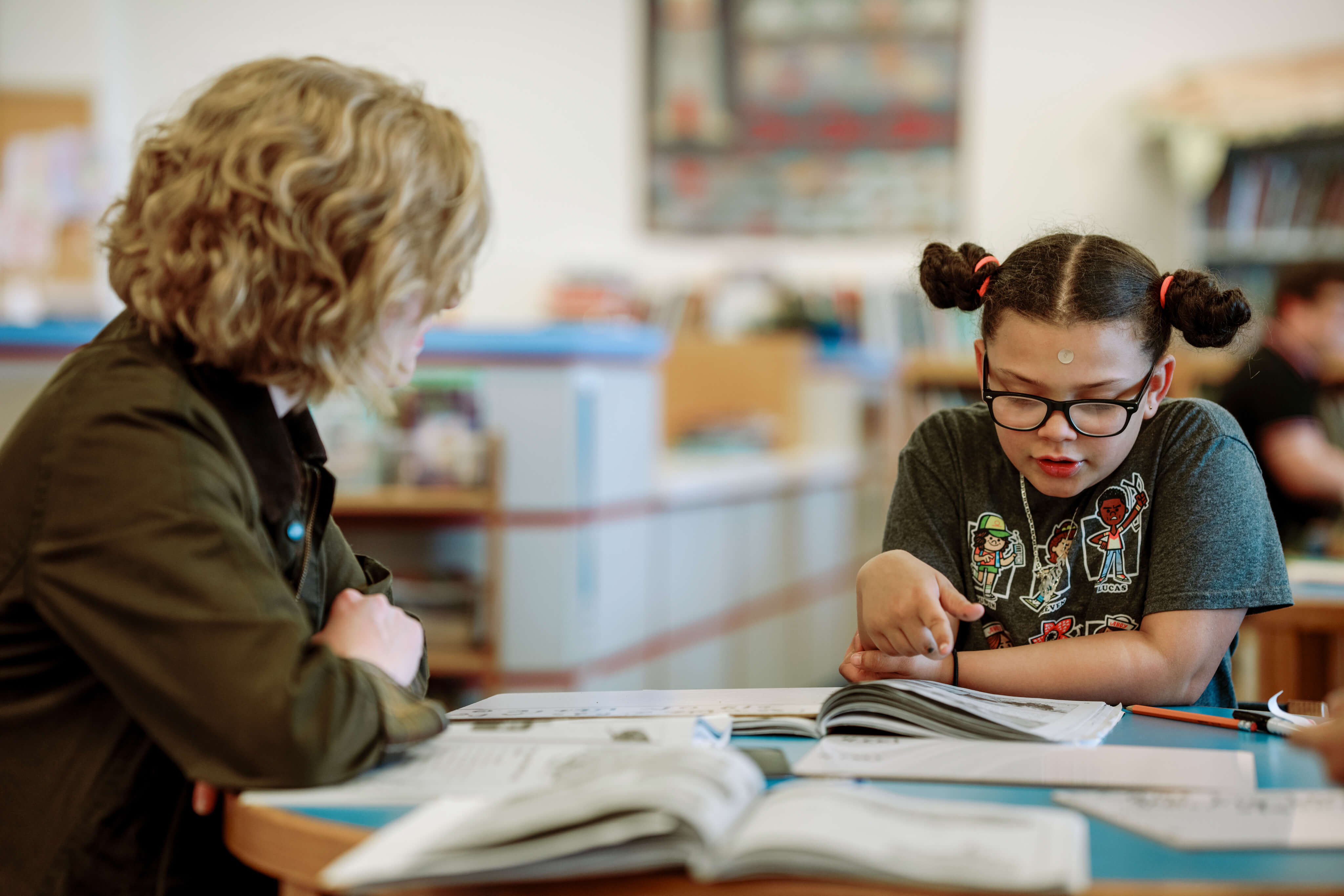“I had been my whole life a bell, and never knew it until at that moment I was lifted and struck.” —Annie Dillard
The South by Southwest (SXSW) Education conference just wrapped up, and I thought I’d take a moment to share some notes and thoughts for anyone who might be interested. Before registering, I hadn’t even been aware that SXSW had an education conference. What did I know?
Education conferences are usually hit-or-miss affairs: some sessions are interesting; some are dull and ordinary. Some addresses bring new information and insight; some rehash things you’ve heard a million times before. This one was no different, although the things that hit, hit hard and rang out loud and clear.
A theme that resonated throughout the event was personalization. It started with Temple Grandin discussing the Autism spectrum and the importance of honoring different minds and the different ways in which those minds see and work in the world. The theme was picked up later in the week by futurist and game designer, Jane McGonigal, who challenged us to see signals of possible futures all around us—and then grab the signals we like and build a new world. She imagined for us a world in which every act of learning we participated in, whether as children or adults, in school or out, earned credits like Bitcoins and contributed to a dynamic, endlessly expanding transcript and résumé viewable by employers and colleagues all around the world. We heard from an author challenging the entire idea of “average” as a way of measuring or describing people—people being far too jagged and variable to be able to be contained or defined by a single value. We saw how the distribution of scores along a traditional bell curve disappeared when students were allowed to work at their own pace and take assessments when they were ready for them, instead of when a teacher assigned them.
Some speakers acknowledged that a measure of standardization and structure still had value and importance to us; some didn’t. All of them wondered: can we de-standardize and de-institutionalize the way we teach and learn, while still holding to some set of goals and standards for knowledge and performance? If we personalize everything, do we lose all sense of common knowledge, core understandings, shared culture? Can we still be an “us” if we allow every individual “I” to design one’s own pathway and ecosystem of learning?
Obviously, the conference raised more questions than answers—as it should have. But the one answer I did find was that there is an abundance of passion in American education, and an abundance of innovation. That much was obvious—and it was refreshing and invigorating to see. You know how it is: the day-to-day dramas and traumas of teaching and leading in schools can wear you down and rob you of hope; from the ground-level, it can look as though change is hopeless. But it’s important to remember that ground-level is not the only perspective—and, in this case, it’s not the most useful one.
One of the last sessions I attended was about a group of poor and disadvantaged students from Washington, DC, who had participated, 25 years ago, in an intensive program to help them succeed in school and get into college. Film clips of the students, then and now, were shown (part of a new documentary, called Southeast 67). Some of the students had gone on to college right after high school; many had not. The teacher who ran the program, who now leads efforts on college access at the College Board, told us that at the time, he and his colleagues were saddened by what they perceived to be their failure. All of the support and services they had provided were meant to get those kids into college, and it hadn’t worked. And yet, now, years later, they could see that many of the kids had made it to college—eventually. Some were still in school today. And even if they hadn’t gone to college, all of them had made it, firmly and successfully, into the middle class. Most of them had happy families and children. And all of the children—all of the children—had gone to and graduated from four-year colleges. Many had gone on to graduate school. The investment these adults had made in a group of children had not only changed their lives for the better; it had changed the history and the trajectory of their families. And that wasn’t due to some high-tech innovation or radical restructuring of the school. It was because they had decided, as the president of Franklin and Marshall College put it, that their job was to know those students, love those students, believe in them, invest in them, and never let them go.
Every once in a while it’s really important to be in the room when a story like that gets told. It makes a difference when you can feel the passion and the resolution of the people sharing their story. It makes a difference when you can feel the hope and optimism beaming out into the room. It’s a physical sensation, humming through you the way live music does. They play their music, and the air carries it into your bones—a sympathetic vibration. They ring the bell inside their souls, and the sound waves reach out and ring yours.
Every once in a while it’s nice to be reminded that you, too, are a bell, just waiting to be struck.




